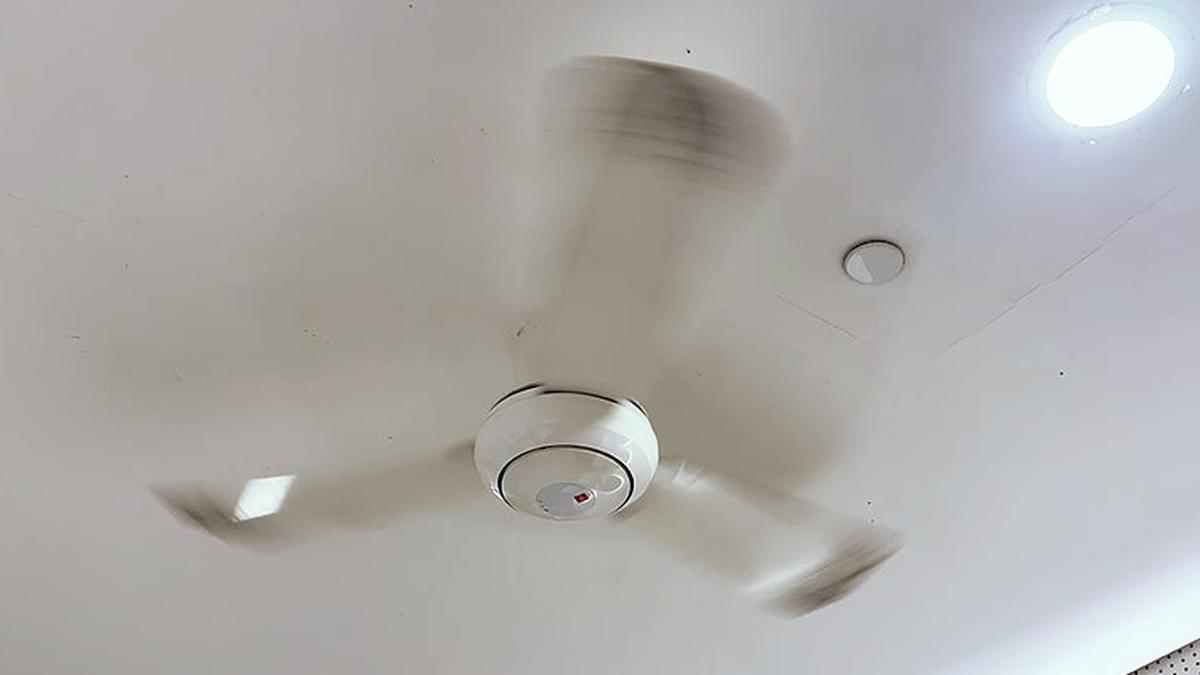ARTICLE AD BOX
Last Updated:May 26, 2025, 10:54 IST
According to the report, during Operation Sindoor, India’s S-400 intercepted Chinese-made missiles from Pakistan but struggled to counter smaller drones, exposing a key gap

Operation Sindoor offered India crucial insights, particularly in addressing the rising threat of drone warfare. (PTI File)
Operation Sindoor, launched by India in response to the terrorist attack in Pahalgam, has revealed a critical vulnerability in the country’s defence preparedness—the ability to counter drone warfare. While India inflicted heavy damage on Pakistan’s military and terror infrastructure, the extensive use of drones during the operation reportedly highlighted gaps in existing air defence systems.
The operation began on May 6–7 with India destroying nine terror camps in Pakistan and Pakistan-occupied Kashmir (PoK). This triggered a series of cross-border strikes over the next two nights, with India intercepting Pakistani attacks and launching retaliatory strikes that destroyed 11 airbases. The intense exchange eventually led both sides to agree to a ceasefire on May 10.
India’s missile defence systems effectively intercepted Pakistani attacks, while retaliatory strikes using advanced weapons like the BrahMos missile destroyed Pakistani airbases and fighter jets, including F-18s and J-17s.
Limitations Of S-400 Defence System
Actually, India currently has air defense systems like the Russian-made S-400. It is counted among the most advanced air defense systems in the world. Apart from this, India has its own Akash air defense system and other defense shields. But, all these defense shields protect against attacks like missiles, fighter jets, rockets. But, there is no defense shield to protect against drone attacks.
A glimpse of this was seen during hundreds of drone attacks carried out by Pakistan during Operation Sindoor. Defence experts noted that the extensive use of drones during the operation—echoing patterns observed in the Ukraine-Russia conflict—reportedly exposed key vulnerabilities in India’s air defence systems.
While systems like the Russian-made S-400 are effective against missiles, jets, and rockets, many experts have claimed that they are not designed to intercept low-flying drones, highlighting a significant capability gap.
A report by IDRW.org underscores the urgent need for India to develop a Counter-Rocket, Artillery, and Mortar (C-RAM) system to strengthen defence against low-altitude aerial threats. Implementing such systems would significantly enhance the security of key military installations along the border.
According to the report, during Operation Sindoor, Pakistan launched Chinese-made missiles into Indian territory, which were successfully intercepted by the S-400 system. While these defences proved effective against conventional aerial threats, they faced challenges in detecting and neutralising smaller drones.
The report suggested that Pakistan extensively deployed Turkish and Chinese-made drones, exposing limitations in India’s current systems. Although Indian troops managed to shoot down many of these drones using air defence guns, the risk remains—underscored by the 2021 attack on the Jammu Air Force Station, where a low-flying Pakistani drone dropped IEDs undetected.
What Is C-RAM
According to the report, a C-RAM system—similar to the American Flex or the Israeli Iron Dome—is designed to precisely neutralise low-altitude threats such as rockets, artillery shells, mortars and drones.
Several countries have already adopted such systems, with the Iron Dome notably intercepting a high volume of rocket attacks from Hamas with remarkable success. The report suggests that implementing a similar system would greatly enhance India’s defence capabilities against emerging aerial threats.
- Location :
- First Published:
News india Operation Sindoor: What Is The C-RAM System India Needs To Destroy Aerial Threats | Explained



.png)
.png)
.png)
















 1 week ago
8
1 week ago
8









 English (US) ·
English (US) ·